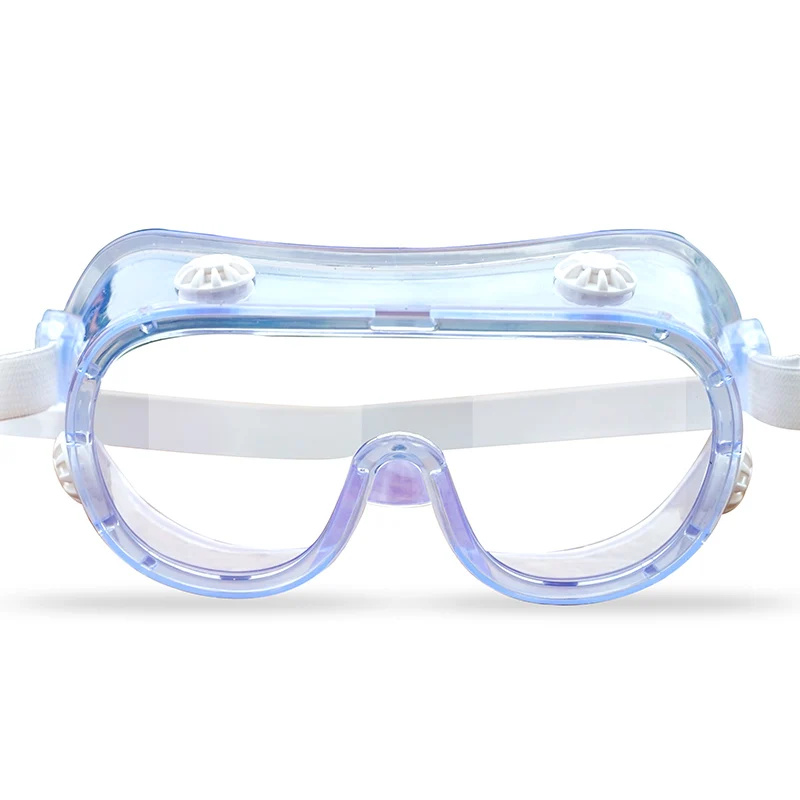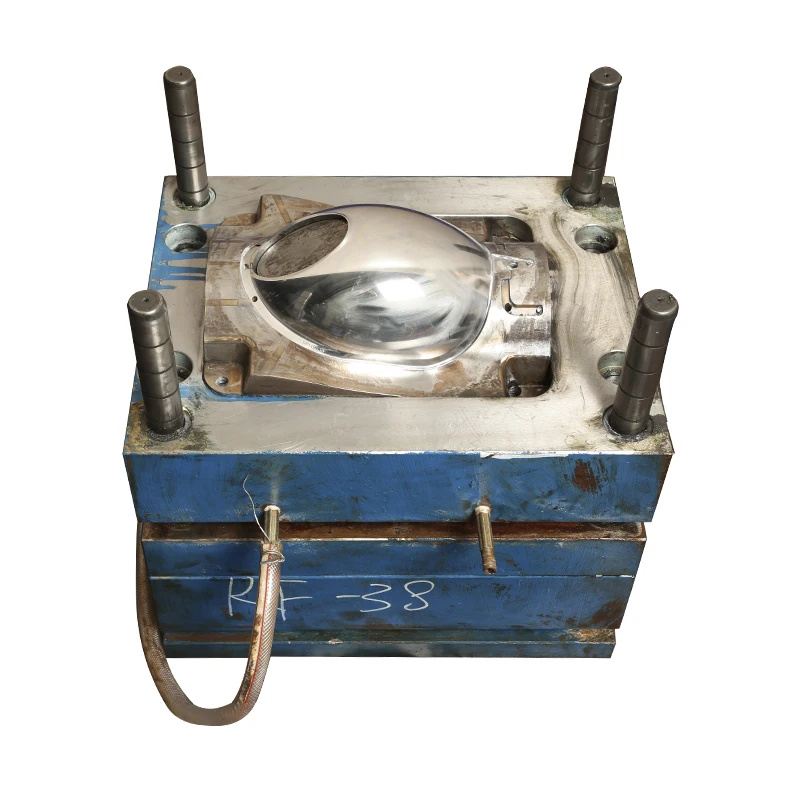Injection molding for the medical industry is a critical manufacturing process that enables the production of highly precise and durable medical components. This advanced technique plays a significant role in the medical device sector, providing a way to produce complex shapes and intricate designs while ensuring compliance with the stringent regulatory standards that govern medical products. Whether for diagnostic tools, surgical instruments, or patient care devices, the use of injection molding has revolutionized the way medical products are manufactured, ensuring high performance, reliability, and safety.
Understanding the Role of Injection Molding in the Medical Industry
At its core, injection molding is a manufacturing process in which molten plastic is injected into a mold cavity to produce solid parts. This process is particularly suited for the medical industry due to its ability to create complex geometries and small to medium-sized parts with high repeatability. Injection molding for the medical industry is used to create a wide variety of products, including medical device housings, surgical instruments, drug delivery devices, diagnostic equipment components, and more.
A key benefit of medical plastic injection molding is its precision. The process allows manufacturers to produce parts with tight tolerances and fine details, making it ideal for medical devices that must meet specific functional and safety requirements. Additionally, the consistency and high throughput of injection molding make it possible to produce large quantities of medical components cost-effectively.
The Importance of Medical-Grade Materials
In the medical injection molding industry, the quality of the raw materials used is crucial. Medical-grade injection molding plastic is specially formulated to meet the stringent requirements of the medical sector. These plastics are designed to be biocompatible, sterilizable, and resistant to chemicals and harsh conditions often found in medical environments.
Materials commonly used in medical injection molding include polycarbonate, polypropylene, and medical-grade thermoplastics. These plastics are carefully selected for their durability, ease of sterilization, and ability to maintain integrity even under extreme conditions. Medical injection molds made from these materials ensure that the final products meet the safety and performance standards required by regulatory bodies such as the FDA and ISO.
The Medical Injection Molding Process
The medical injection molding process involves several critical steps to ensure that parts are produced accurately and to the highest standards. These steps include:
Design and Prototyping: The process begins with designing the part using 3D modeling software. Prototypes are often created to test the design for fit and functionality before moving forward with production.
Mold Creation: A precise plastic mold for medical parts is then created, often using high-quality stainless steel or aluminum. These molds are designed to withstand high pressures and temperatures to ensure that the injection molding process is consistent and efficient.
Injection and Cooling: Once the mold is ready, molten plastic is injected into the mold cavity. The plastic is cooled and hardened to take the shape of the mold. The cooling phase is critical for achieving dimensional accuracy and preventing warping or defects in the final product.
Ejection and Inspection: After cooling, the molded part is ejected from the mold, and a thorough inspection is carried out to ensure that the part meets the required specifications. Any defects or inconsistencies are addressed at this stage to maintain high-quality standards.
Plastic Injection Mold for Medical
Advantages of Injection Molding for Medical Parts
The adoption of injection molding for medical parts offers several advantages over other manufacturing methods, including:
High Precision: Injection molding allows manufacturers to create parts with tight tolerances, ensuring that each part fits seamlessly into its intended device or system.
Cost-Effective Production: With the ability to produce large quantities of identical parts, injection molding offers a cost-effective solution for mass production of medical components.
Complex Geometries: Injection molding allows for the creation of parts with intricate shapes and complex geometries, which are often required in medical devices.
Biocompatibility: Medical-grade materials used in injection molding are designed to be biocompatible, ensuring that the final product is safe for use in medical applications.
Scalability: Once a mold is created, the process can be scaled for large-volume production, making it ideal for both small runs and mass production.
Common Applications of Injection Molded Medical Products
Injection molding is used to produce a wide range of medical products, including:
Medical Devices: Many medical devices, such as infusion pumps, catheters, and surgical tools, are made using medical injection molds.
Diagnostic Equipment: Components for diagnostic devices, such as test kits, analyzers, and imaging systems, are often injection molded for precision and durability.
Drug Delivery Systems: Injection molding is commonly used in the production of drug delivery systems, such as insulin pens, inhalers, and syringes, which require tight tolerances and a high level of reliability.
Implants and Prosthetics: While metal components are often used for implants, injection molded plastics are also used to create parts of prosthetics and other medical implants, especially for lightweight or non-weight-bearing applications.
Injection Molded Medical Products
Choosing the Right Medical Plastic Injection Molding Manufacturer
When selecting a medical plastic injection molding manufacturer, it is important to choose a company with expertise in the medical injection molding process. A reputable manufacturer will have experience in creating medical device injection molds, using medical-grade materials, and adhering to the regulatory standards required for medical parts. Look for a manufacturer that offers design support, rapid prototyping, and comprehensive quality control processes to ensure that the final product meets your specifications.
Additionally, ensure that the manufacturer has experience in creating plastic injection molds for medical devices, as this expertise will help ensure the parts produced are both functional and compliant with industry standards.
Conclusion
Injection molding for the medical industry is a highly versatile and efficient manufacturing process that plays a key role in the production of medical components and devices. From medical parts injection molding to plastic injection molds for medical devices, this process ensures the creation of high-quality, reliable, and precise medical products. As the medical device industry continues to evolve, injection molding will remain a crucial technique for meeting the growing demand for innovative and safe medical solutions. RUNKE is a medical plastic injection molding manufacturer in China, feel free to contact us if are interested in medical injection molding.



.jpg)

.jpg)